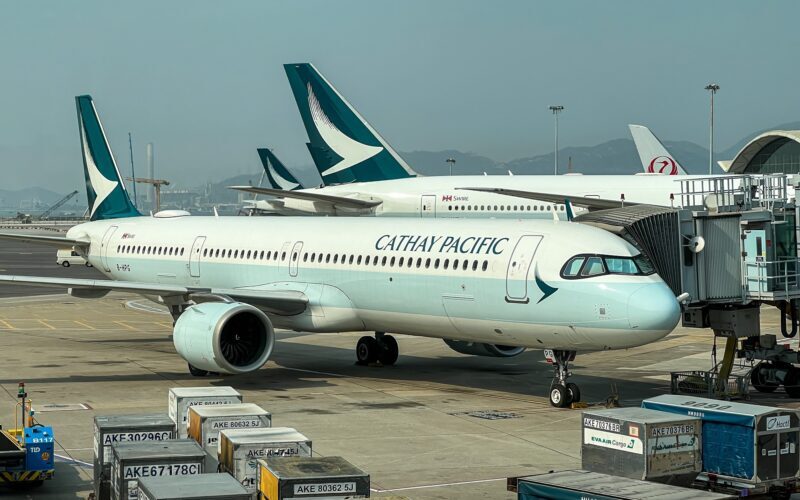Airbus, Boeing, and COMAC: Cathay Pacific’s ABC Vision for a Competitive Future in Aviation

The aviation sector is experiencing a pivotal shift as the longstanding hegemony of Boeing and Airbus faces new trials. Emerging safety issues and the advent of fresh competition are reshaping the landscape, casting a spotlight on Boeing’s manufacturing and safety protocols. Heightened scrutiny follows a series of incidents that have not only put passenger safety into question but also prompted a reevaluation of industry standards.
In response, airline executives have been vocal in their calls for Boeing to prioritize safety enhancements, a move ignited by U.S. federal investigations revealing numerous manufacturing anomalies. This evolving scenario is prompting the industry to widen its view, considering alternatives beyond the traditional Boeing and Airbus duopoly.
Amid these challenges, the Commercial Aircraft Corporation of China (COMAC), supported by the Chinese government, is poised to become a formidable competitor. COMAC’s active promotion of its C919 jet, designed to compete directly with Boeing’s 737 and Airbus’s A320, marks a pivotal move towards diversifying the commercial airplane market. This shift underscores the evolving dynamics of the aviation sector and signals potential changes in market leadership as companies like COMAC vie for a share of the global aircraft market.
Production Capacity Remain an Issue for COMAC
As of now, COMAC’s production capacity for the C919 stands at around 20 units per year, and plans to reach an annual production capacity of 150 C919 aircraft within the next five years.
The estimated production of Boeing 737 MAX aircraft for the year 2024 is 456, and for Airbus, the current rate of 50 per month as the baseline for 2024, that would lead to an estimated annual production of 600 A320 family aircraft.
Ronald Lam, CEO of Cathay Pacific, during a conversation with Fortune’s Editor-in-Chief Alyson Shontell at the Fortune Innovation Forum in Hong Kong, underscored the airline’s anticipation of an “ABC” market dynamic encompassing Airbus, Boeing, and COMAC. This notion of “triangular competition,” according to Lam, heralds a promising era of diversity and innovation within the industry, offering airlines more options and leverage in procurement decisions.
Under Lam’s leadership, Cathay Pacific, which operates a fleet of both Boeing and Airbus aircraft, remains optimistic about Boeing’s capacity to address its current challenges effectively. Lam’s confidence in Boeing’s resilience and his openness to embracing COMAC as a competitive force reflect a strategic vision for Cathay Pacific’s growth and adaptability in a rapidly changing global aviation market.
Furthermore, Lam’s insights extend beyond fleet composition to the broader recovery and strategic direction of Cathay Pacific post-pandemic. With the airline reporting its first annual profit since 2019, thanks to a resurgence in travel demand, the focus shifts to leveraging opportunities in China and enhancing customer experiences through service upgrades and an ambitious workforce expansion.
As the aviation industry stands at a crossroads, with safety, quality, and competition at the forefront, Cathay Pacific’s strategic positioning and openness to embracing new market dynamics underscore the airline’s commitment to excellence and innovation. This approach not only sets a precedent for how airlines might navigate the complexities of the modern aviation landscape but also highlights the potential shifts in market dominance with COMAC’s entry, promising a more competitive and diverse future.
Related news: https://suspicious-zhukovsky.67-21-117-18.plesk.page/?s=boeing, https://suspicious-zhukovsky.67-21-117-18.plesk.page/?s=comac, https://suspicious-zhukovsky.67-21-117-18.plesk.page/?s=airbus
Sources: AirGuide Business airguide.info, bing.com, msn.com
